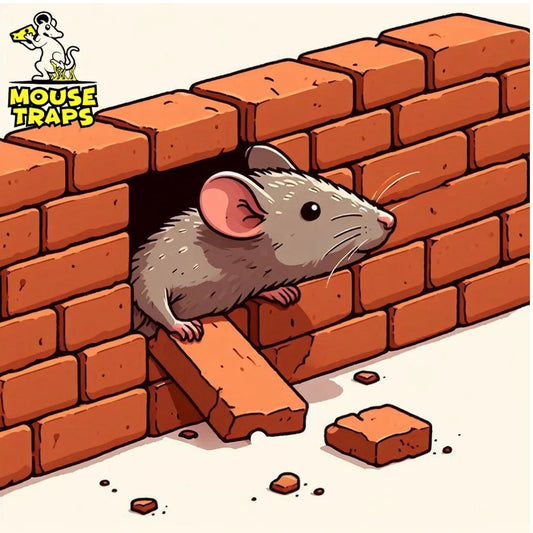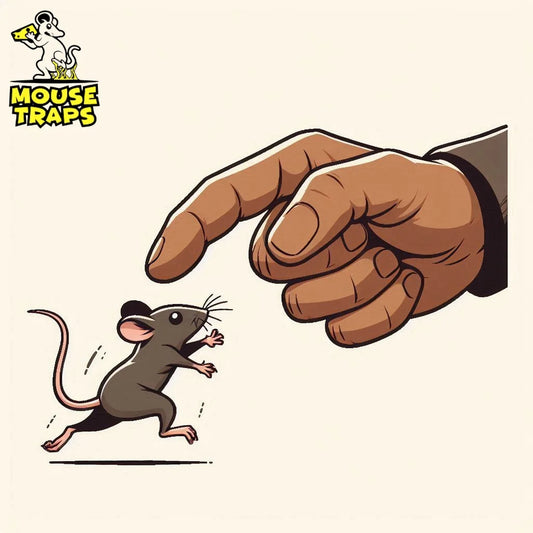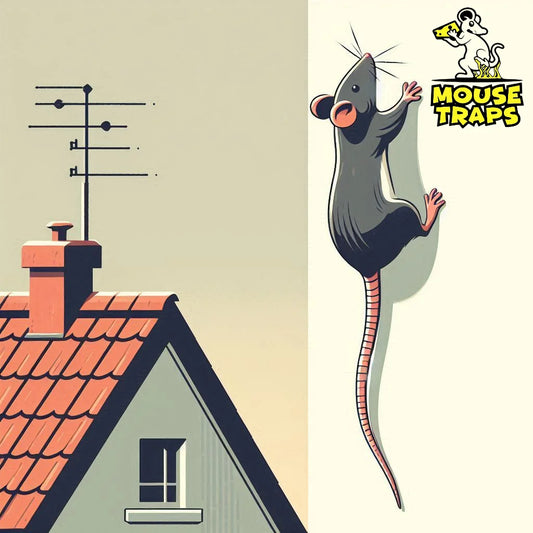As a resident of the UK, you might be familiar with the persistent issue of rats in gardens and homes. There are ways to deal with this problem. One effective method is using traps designed for mice. In this article, we will delve into the connection, between plants that repel rats and the utilization of mouse traps highlighting how these techniques can work together to establish a rodent space. We aim to offer you a manual, on handling rat problems and recommend investing in top notch traps from MouseTraps.co.uk.

Understanding the Rat Problem:
Rats are well known for causing harm to gardens, houses and even health. These creatures have a knack, for gnawing through substances like wires, insulation and wooden components. Additionally they harbor illnesses that pose a threat to both people and pets. Controlling the population of rats, in the UK is essential especially considering how winters and abundant food sources contribute to their survival and proliferation.
The Role of Mouse Traps:
Using mouse traps has always been a practice, in combating infestations. They prove to be efficient easy to operate and deliver outcomes. Now lets explore the advantages of employing mouse traps and understand why they are an asset, in your management toolkit.

Benefits of Mouse Traps:
- Immediate Results: Mouse traps offer instant gratification. Unlike poisons, which can take days to work, traps catch rodents right away.
- Safety: Traps are safer to use around children and pets compared to toxic rodenticides.
- Cost-Effective: Traps are affordable and reusable, making them a cost-efficient solution.
- Environmental Impact: Traps do not introduce harmful chemicals into the environment.
- Targeted Control: Traps allow you to monitor and control the specific areas where rodents are most active.

For a wide selection of high-quality mouse traps, visit MouseTraps.co.uk. You will discover choices customized to fit your requirements.
Rat Deterrent Plants: Myth or Reality?
Adding plants that naturally repel rats, to your garden can enhance its protection complementing the efficiency of mouse traps. Some plants are believed to repel rats due to their strong scents or toxic properties. Relying only on plants may not completely solve a rat issue. They are most effective when used in conjunction, with an approach, to pest control.
Popular Rat Deterrent Plants:
Here are some plants that are commonly suggested to deter rats:
1. Mint (Mentha):
Mint is renowned for its strong scent, which is unpleasant to rodents. Planting mint, in your garden can serve as a deterrent, for rats. Moreover mint is a herb that adds flavor to both cooking and drinks.

2. Lavender (Lavandula):
Lavender's fragrant flowers are a delight for humans but a deterrent for rats. This plant not just keeps rodents away. Also draws in insects such, as bees and butterflies, to your garden.

3. Garlic (Allium sativum):
Garlic has a potent smell that can deter rats. Adding garlic along the edges of your garden can deter those critters. Moreover garlic is an ingredient to have, in any kitchen.

4. Daffodils (Narcissus):
Daffodils contain lycorine, a compound that is toxic to rodents. These colorful flowers are an addition, to your garden enhancing its beauty and also serving as a natural pest deterrent.

5. Catnip (Nepeta cataria):
Catnip is known to repel rats while attracting cats, natural predators of rodents. Planting catnip can create a less inviting environment for rats.

Integrating Mouse Traps and Rat Deterrent Plants:
To maximize your pest control efforts, combine the use of mouse traps with rat deterrent plants. Here’s a step-by-step guide on how to achieve this:

Step 1: Identify Rat Hotspots
Start by identifying areas in your garden where rat activity is most prominent. Look for signs such as burrows, droppings, and gnawed plants.
Step 2: Plant Rat Deterrent Plants
Plant rat deterrent plants around the identified hotspots. These plants will help create an unwelcoming environment for rats.
Step 3: Set Up Mouse Traps
Place mouse traps in strategic locations around your garden, especially near rat hotspots and along garden perimeters. Use bait that is attractive to rats, such as peanut butter or cheese.
Step 4: Regular Monitoring
Regularly check the traps and monitor plant growth. Replace bait as needed and reposition traps based on rat activity.
Step 5: Maintain Garden Hygiene
Keep your garden clean and free of debris, as cluttered environments provide shelter for rats. Regularly trim plants and dispose of garden waste properly.
Expert Insights on Rat Control:
We reached out to pest control expert Jane Davies, who has over 20 years of experience in the field. Here’s what she had to say:
"Combining natural deterrents like plants with traditional methods such as mouse traps is a highly effective strategy. While plants alone may not solve a severe infestation, they play a significant role in creating an inhospitable environment for rats. Regular monitoring and maintenance are key to successful rat control."

FAQs:
Conclusion:
When it comes to handling rats you need to take an approach. While using plants that repel rats can make your space less appealing, to them having mouse traps is still vital, for managing issues. By combining these two strategies you can safeguard your garden and house from these pests. For high-quality mouse traps that deliver results, visit MouseTraps.co.uk today. By utilizing tactics and proper equipment you can maintain a garden and home of rats.




